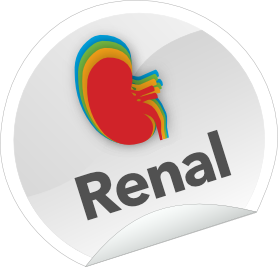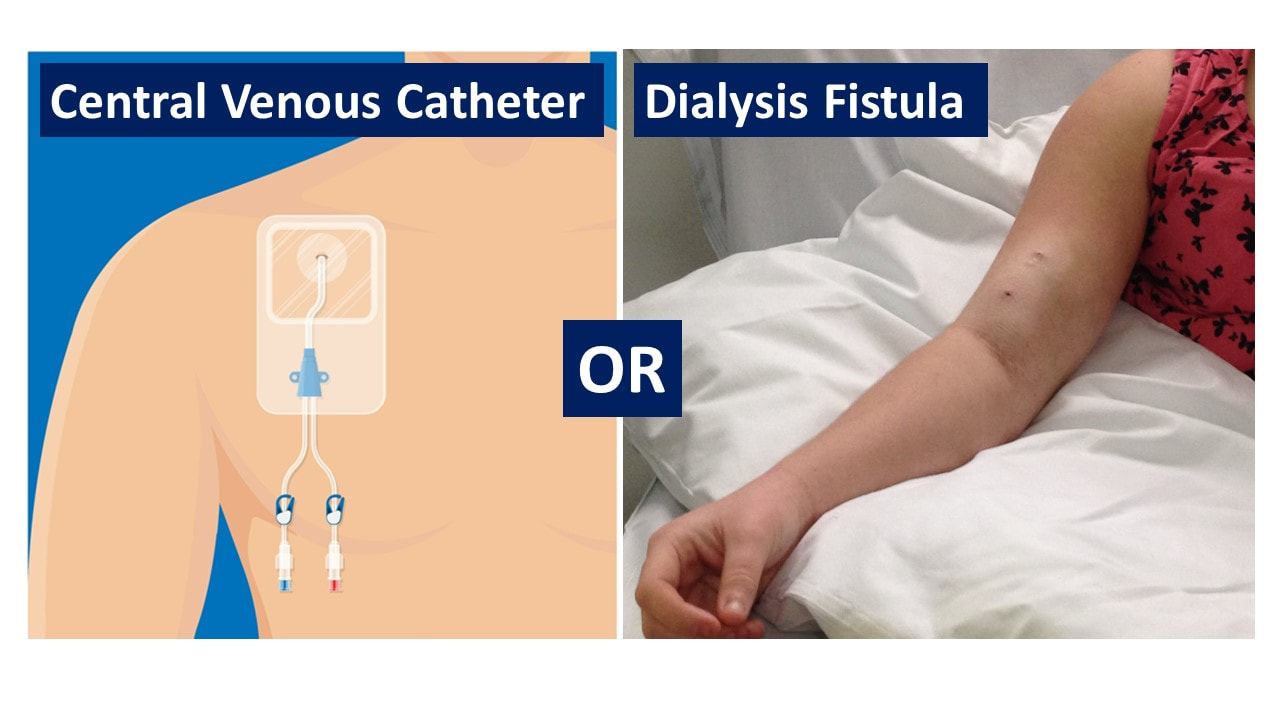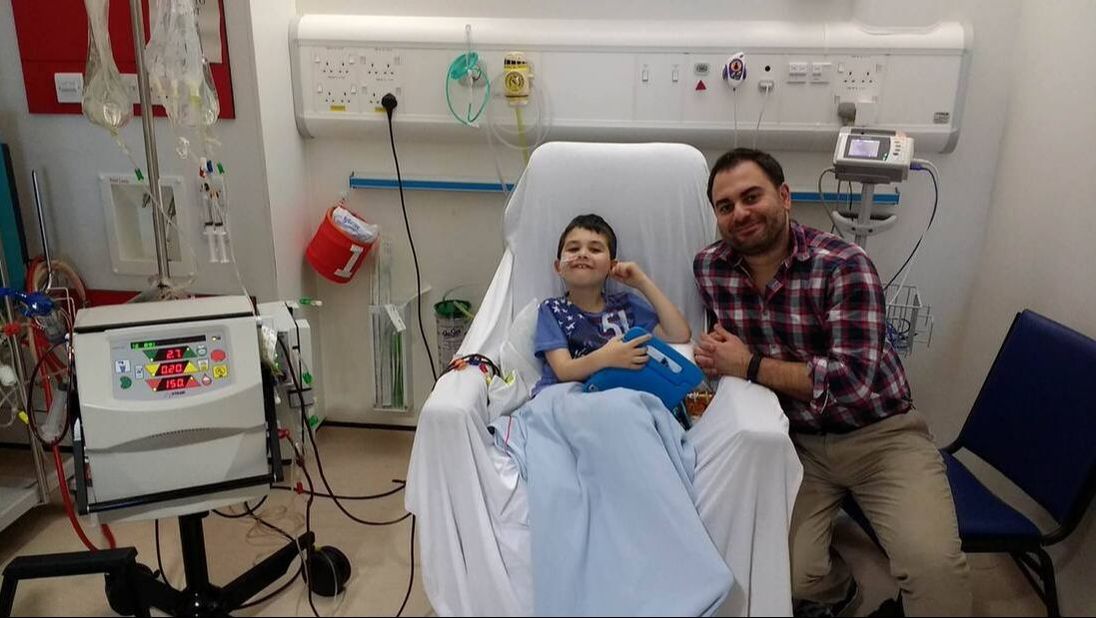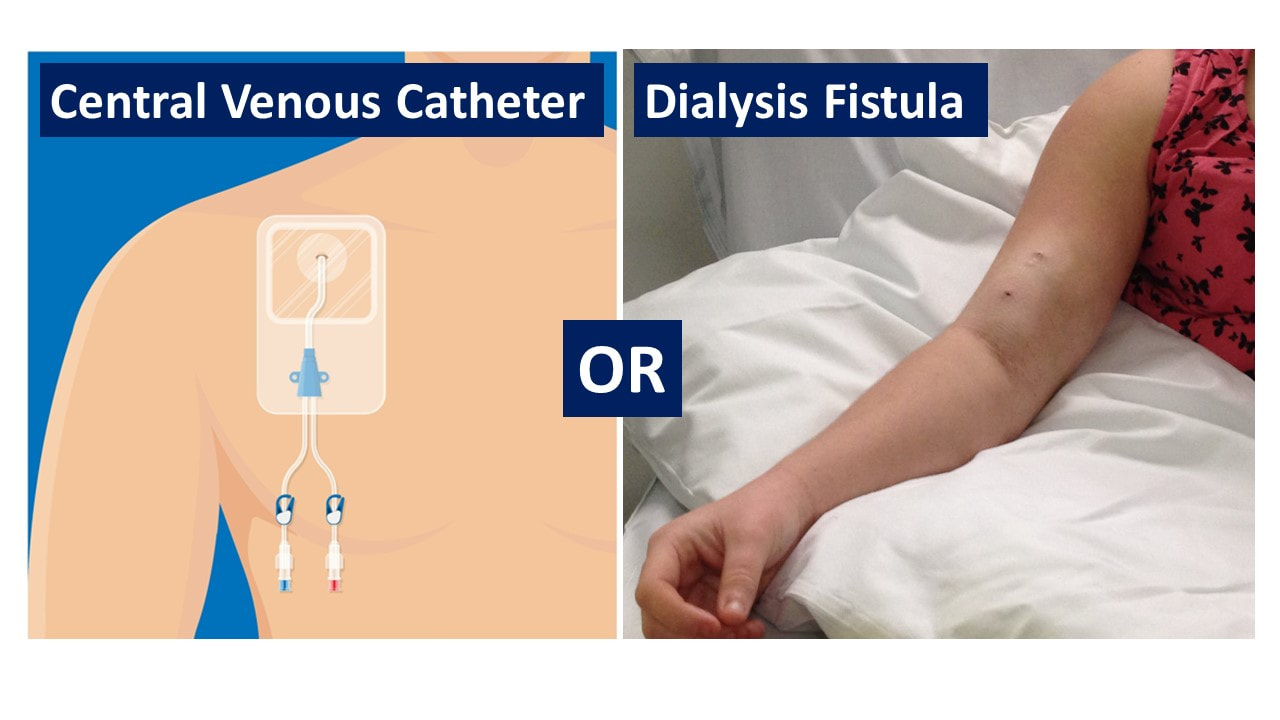Dialysis Choices
|
Below you will find a useful summary of the different types of dialysis that are offered in most renal centres. This grid can be used to discuss the choices with your patients and their carers and for families to look at in their own time to help with making a decision.
Then, use the discussion record to document these decisions by clicking on the icon to download a copy. |
|
Peritoneal Dialysis at Home (PD)
How long does it take?
Every night 10-12 hours while asleep Access Devices
PD Catheter
Performed by
Parent / carer or young person (sleep may be disrupted) Training
Several weeks of training Not too difficult to learn Equipment
Machine Sink Dialysis fluid storage Risks/Unwanted Side Effects
Infection inside abdomen (peritonitis) Infection or malfunction of catheter Dialysis fluid draining out slowly or blocked Fluid & Dietary Requirements
Moderately strict (Ask dietician, every person is different) Holiday
Yes – equipment is portable |
Haemodialysis in Hospital (HD)
How long does it take?
3 times a week 4 hours (need to miss school) Plus travel time Access Devices
Performed by
Dialysis nurses Training
None - undertaken by nurses Equipment
In hospital Risks/Unwanted Side Effects
Infection or malfunction of central line or fistula Drop in blood pressure Dizziness, cramps and headaches Fluid & Dietary Requirements
Most strict as least dialysis time (Ask dietician, every person is different) Holiday
Yes – arrange for dialysis in another center |
Home Haemodialysis (HHD)
How long does it take?
4+ times a week 4-5 hours, flexible timings Access Devices
Performed by
Parent / carer or young person Training
Several weeks of training More complex to learn Equipment
Machine Sink Dialysis fluid storage Risks/Unwanted Side Effects
Infection or malfunction of central line or fistula Drop in blood pressure Dizziness, cramps and headaches Fluid & Dietary Requirements
Moderately strict (Ask dietician, every person is different) Holiday
Yes – equipment is portable |









